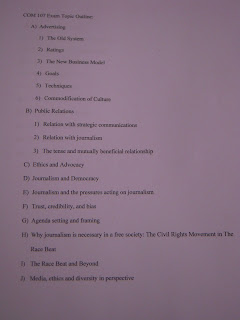For me, the course of discussion would be my ARC500 course “Ancient Greek and Roman Architecture.” The professor teaches the course in her own sort of style. Instead of memorizing dates and plans, she lectures in a narrative of the history and the building typologies and their material and structural significance. What this makes for is an engaging lecture that’s easy to follow along with and not get tired of. However, it makes note-taking difficult as what I do write down tends to jump back and forth.
Back to my point, I find, and this is something that I’ve always done, that if I take all the notes I’ve taken that day, or that week, and then rewrite them in an organized format, I can retain the information much better. Not only am I making a valuable study sheet for when a test is coming up, but I’m re-reading and writing the notes, ingraining the information in my head.
I found that this method of study works best with the 20 minute test prep. All I had to do was tweak my method of study to match the method outlined in our text books.
So here’s what I do:
STEP 1: After each class, I gather all of the notes I took and rewrite them in a separate “study notebook” in a format that I can understand. This counts for the first step of the 20-minute test prep, the 20 minute review after each class.
STEP 2: At the end of each week, I take all of my revised notes, and create study aids. For most of my classes, this simply entails flash cards.
I also spend some time at the end of each week anticipating test questions. Doing both flashcards and test questions takes me a little longer than just 20 minutes.
STEP 3: When a test approaches, I find that I barely need to review my flashcards because I already know most of the material from re-writing my notes. But I do anyway, of course.
The combination of writing notes and reviewing flash cards is very effective for me when it comes to reviewing for tests. I find that my overall study time is drastically reduced with this method, and my overall grades are much better.
Plus, the biggest part for me is that I’m now absorbing what I learn in my courses. Instead of simply writing it down and remembering it for a test, it’s knowledge that I’ll carry with me into my career, which is what everyone should be doing in the first place!



























 Weekly Calendar for Feb 7-13
Weekly Calendar for Feb 7-13